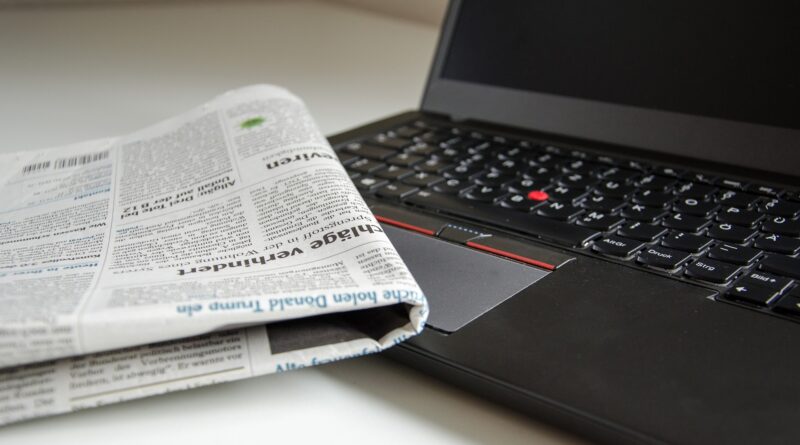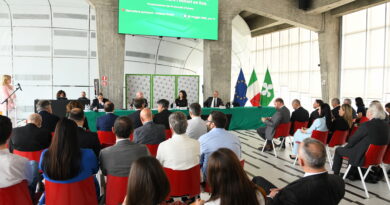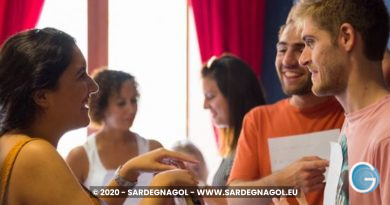Technologijų raštingumas.
Sužinokime, ką reiškia technologijų raštingumas. Ištyrinėsime viską, ką reikia žinoti apie šį terminą, įskaitant naudą ir reikalingus įgūdžius.
Gyvename pasaulyje, kuriame technologijos yra svarbesnės nei bet kada anksčiau, ir nors technologijos suteikia daug informacijos ir turi daug privalumų, labai svarbu, kad jas būtų galima naudoti saugiai ir efektyviai.
Technologinis raštingumas vs žiniasklaidos raštingumas. Abu šie metodai yra susiję su platesniu skaitmeninio raštingumo terminu. Nors abu yra susieti su skaitmeniniu, žiniasklaidos raštingumas gali būti naudojamas visų rūšių žiniasklaidos, įskaitant laikraščius, knygas ir radiją, atžvilgiu.
Kaip jau buvo aptarta, žiniasklaidos raštingumas yra gebėjimas suprasti mums pateikiamą informaciją ir tinkamai reaguoti. Žiniasklaidos raštingumas labiau orientuotas į informacijos įsisavinimą ir apsisprendimą, kuo pasitikėti ir kaip išvengti netikrų naujienų. Kita vertus, technologinis raštingumas apima bendrą technologijų naršymą ir gerą to naudojimą.
Technologinio raštingumo pavyzdžiai. Jau aptarėme kai kurias rizikas, susijusias su technologijų naudojimu, ir kodėl technologijų raštingumas yra toks svarbus įgūdis. Dabar pažvelkime į keletą technologinio raštingumo pavyzdžių.
Turinio kūrimas – internetinis turinys būna įvairių formų, o norint prisidėti prie internetinio turinio reikia techninio raštingumo įgūdžių. Reikia apgalvoti, ką skelbti ir kur paskelbti, nesvarbu, ar tai būtų „YouTube“ vaizdo įrašas, tinklaraščio įrašas ar „Instagram“ socialinė media.
Bendravimas – įprastas technologijos naudojimas yra bendravimas su kitais asmenimis, nuo draugų ir šeimos narių iki pasaulinės auditorijos. Technologiškai raštingi asmenys turėtų turėti galimybę bendrauti naudodami savo poreikius atitinkančią platformą ir efektyviai naršyti joje. El. laiškų siuntimas ir gavimas yra puikus būdas bendrauti naudojant technologijas.
Tyrimai – mums pasisekė, kad turime prieigą internete prie milijardų įvairaus turinio puslapių, todėl atsakymus į klausimus rasti lengviau nei bet kada anksčiau. Supratimas, kur ieškoti informacijos ir ko paklausti, kad išspręstumėte savo klausimus, yra puikus būdas parodyti technologinį raštingumą.
Virtuali realybė – tai ne tik kompiuteriai ir telefonai, bei naujos technologijos, tokios kaip virtualioji ir papildyta realybė, yra puikus būdas tyrinėti technologijas. Virtuali realybė gali būti naudojama daugeliui skirtingų dalykų, įskaitant mokymąsi ir žaidimus. Savo virtualios realybės patirties kūrimas yra puikus pavyzdys, kaip panaudoti technologinio raštingumo įgūdžius, nes tam reikia gerai išmanyti susijusias technologijas.
Technologinio raštingumo ateitis. Technologijos ir toliau sparčiai vystosi – matome naujus technologijų variantus, technologijų sąrašas tobulėja. IT pramonė netgi siekia 5,3 trilijono dolerių iki 2022 m. Tačiau ką tai reiškia technologijų raštingumo ateičiai?
Prie naujų technologijų greitai priprantama, jos suteikia naujų pavojų bei galimybių. Paimkite, pavyzdžiui, neseniai paskelbtą Metaverse; visiškai nauja alternatyvios realybės patirtis, užvaldanti pasaulį naujovė. „Metaverse“ bus virtualios realybės ir papildytos realybės derinys, kad būtų sukurta visapusiškai įtraukianti patirtis.
Atsiradus naujoms technologijoms gali tekti priprasti prie jų naršymo ir išmokti naujų įgūdžių, kad galėtumėte efektyviai jomis naudotis. Galų gale, naršymas kompiuteryje labai skiriasi nuo apsilankymo visiškai naujame pasaulyje per virtualią realybę.
Kaip jau ištyrėme, technologijų raštingumas yra esminis įgūdis, norint naršyti technologijomis turtingoje mūsų ateityje. Tikimės, kad šis straipsnis praplėtė jūsų požiūrį į technologijų naudojimą ir apie tai, kaip galite atsakingai naudotis technologijomis.
Technology literacy.
Let’s find out what technological literacy means. We’ll explore everything you need to know about this term, including the benefits and skills required.
We live in a world where technology is more important than ever, and while technology provides a wealth of information and has many benefits, it is critical that it can be used safely and effectively.
Technological Literacy vs. Media Literacy. Both of these approaches are related to the broader term of digital literacy. Although both are associated with digital, media literacy can be used in relation to all types of media, including newspapers, books and radio.
As already discussed, media literacy is the ability to understand the information presented to us and respond appropriately. Media literacy is more focused on absorbing information and deciding who to trust and how to avoid fake news. Technological literacy, on the other hand, involves the general navigation of technology and how to use it well.
Examples of technological literacy. We’ve already discussed some of the risks associated with using technology and why technology literacy is such an important skill. Now let’s look at some examples of technological literacy.
Content Creation – Online content comes in many forms, and contributing to online content requires technical literacy skills. Whether it’s a YouTube video, blog post, or Instagram social media, you need to think about what to post and where to post it.
Communication – A common use of technology is to communicate with others, from friends and family to a global audience. Technologically literate individuals should be able to communicate using a platform that suits their needs and navigate it effectively. email sending and receiving emails is a great way to communicate using technology.
Research – We’re lucky to have access to billions of pages of content online, making it easier than ever to find answers to your questions. Knowing where to look for information and who to ask to get your questions answered is a great way to demonstrate technological literacy.
Virtual reality is more than just computers and phones, and new technologies such as virtual and augmented reality are a great way to explore technology. Virtual reality can be used for many different things, including learning and gaming. Creating your own virtual reality experience is a great example of using technological literacy skills, as it requires a good understanding of the technologies involved.
The future of technological literacy. Technology continues to evolve rapidly – we see new variants of technology, and the list of technologies is improving. The IT industry is even on track to reach $5.3 trillion by 2022. But what does this mean for the future of technology literacy?
You get used to new technologies quickly. They bring new risks and opportunities. Take, for example, the recently announced Metaverse; a completely new alternative reality experience, an innovation that takes over the world. Metaverse will be a combination of virtual reality and augmented reality to create a fully immersive experience.
As new technologies emerge, you may need to get used to navigating them and learn new skills to use them effectively. After all, surfing on a computer is very different from visiting a whole new world through virtual reality.
As we’ve explored, technology literacy is an essential skill for navigating our technology-rich future. We hope this article has broadened your perspective on the use of technology and how you can use technology responsibly.
foto Tumisu from Pixabay




